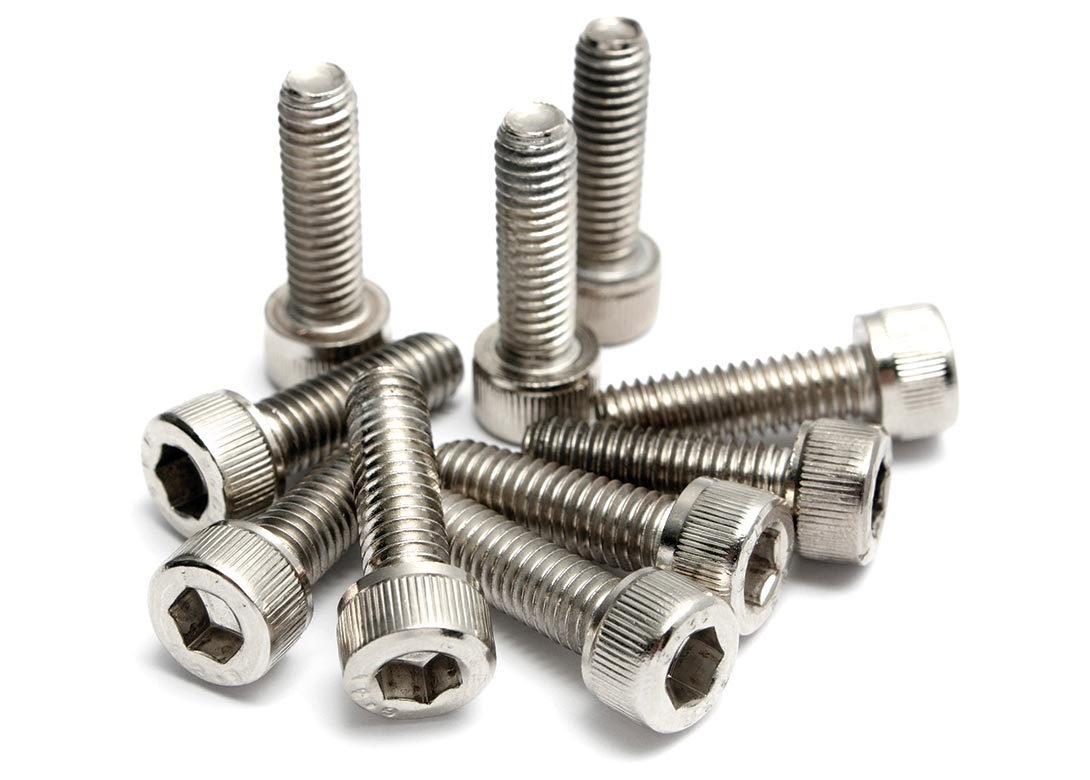
Corrosion, particularly on iron and steel components and structures, represents a very significant cost to society. As a result, corrosion resistant coatings have become vital in helping to mitigate the impact of corrosion in many industries. Today, the issues and concerns extend well beyond corrosion.
As users seek improved corrosion protection, they are now also looking for metal coatings that can provide enhanced properties such as resistance to wear and galling, better thickness uniformity, stronger surface adhesion, greater affordability, and resistance to hydrogen embrittlement of high strength steel – all while being eco-friendly.
The traditional zinc-based process often consumes significant volumes of water and produces highly toxic wastewater for processing and disposal. European directives such as RoHS, EEE and ELV give a clue to the kind of regulations that could be just around the corner. Across industry in general, EU guidelines form a reference for regulators to set permit conditions under the Industrial Emissions Directive, all regulated industries are expected to achieve compliance with their Associated Emission Levels (AEL) rules within strict timeframes. Permits for all installations will require updating by early 2018.
Zinc thermal diffusion coating (TD) represents a newer, more technically advanced version of an older process called diffusion coating or sherardising, invented in the early 1900s by Sherard Cowper-Coles. In the original diffusion coating process, finished metal components were placed into an enclosed cylindrical drum containing a filler medium, typically sand, to which zinc dust was added. The drum was sealed, mechanically rotated, and placed into a kiln to heat the mixture to approach the melting point of zinc (419ºC). At this temperature, the zinc dust vapourised and diffused into the steel parts, building a layer of zinc-iron intermetallics across all exposed surfaces.
Improved production techniques mean consistent and predictable zinc TD coatings – in the range of 10µm to 50µm – can now be applied with a combination of very good uniformity and density, even on parts with complex geometries. With better drum and retort design, parts of many shapes and sizes, from a few millimetres to several metres in length, can be coated with zinc TD. Finely tuned control of the temperature profile, coating material charge, retort rotation and process times can efficiently process many different ferrous materials in wrought, cast, or powder metal formats. Further innovations in equipment design have removed the need for sand or other filler media, so batch size is maximised and coating inclusions are minimised. Specialised zinc alloy chemistries have also been developed to accelerate the reaction, promote full density, and enhance corrosion resistance of the coating by generating a more robust alloyed surface oxide layer.
Modern zinc TD processing can provide excellent corrosion resistance for steel, in part because zinc iron intermetallic structures intrinsically have better corrosion resistance than pure zinc or metallic zinc layers. However, the advantages of a TD coating go well beyond basic corrosion resistance. Since the coating is integrally diffused into the surface of the part and provides a true metallurgical bond, coated parts can withstand deformation and still maintain corrosion protection. In addition, the Zn-Fe intermetallic structure is inherently harder than traditional metallic zinc coatings, in the range of HRC 40, which provides enhanced wear and abrasion resistance and makes the coated part significantly more damage tolerant in the field.
As the surface coating reacts fully with the steel surface metallurgically, the coating is thermally stable up to the range of 600°C. Because the coating is created by continued evaporation of zinc in close proximity, even complex surface geometries can be uniformly coated, including recesses and fine internal diameters. The TD process also allows assembled components, such as chains or hinges to be effectively coated while fully assembled.
In addition, the zinc TD coating surface features a unique, natural microroughness that enhances the adhesion of subsequent surface layers. Paints or other organic and inorganic layers can be applied to the TD surface with little or no special surface preparation. For the same reason, zinc TD surfaces are well suited for rubber overmoulding and other subsequent bonding applications.
In contrast to most of the other zinc coating processes, zinc TD is inherently clean and environmentally benign. The process uses no solvents, acids, or complex gases and requires very little process water except for post-cleaning and even that water can be cleaned and reused. The process does not involve any dangerous chemicals and contains no heavy metals such as Cr, Ni, Cd, or Co, which are experiencing increased regulatory scrutiny. The only process waste is a minimal amount of zinc oxide (ZnO) dust, which can be collected and recycled or sold as a raw material to other industries.
Commenting on the future importance of the green agenda, Mark Gore, Greenkote chief executive officer, said: “As environmental performance moves up the agenda as a metric in the platings and coatings industry, so companies like Greenkote, which can offer a unique combination of high performance, both from an engineering and environmental perspective, will get stronger. Our technology is in use right across the engineering spectrum, from automotive car parts through to specialist bolt manufacturers working in some of the most challenging engineering environments around the world, where peak performance is essential.”

Biog
Will joined Fastener + Fixing Magazine in 2007 and over the last 15 years has experienced every facet of the fastener sector - interviewing key figures within the industry and visiting leading companies and exhibitions around the globe.
Will manages the content strategy across all platforms and is the guardian for the high editorial standards that the Magazine is renowned.








